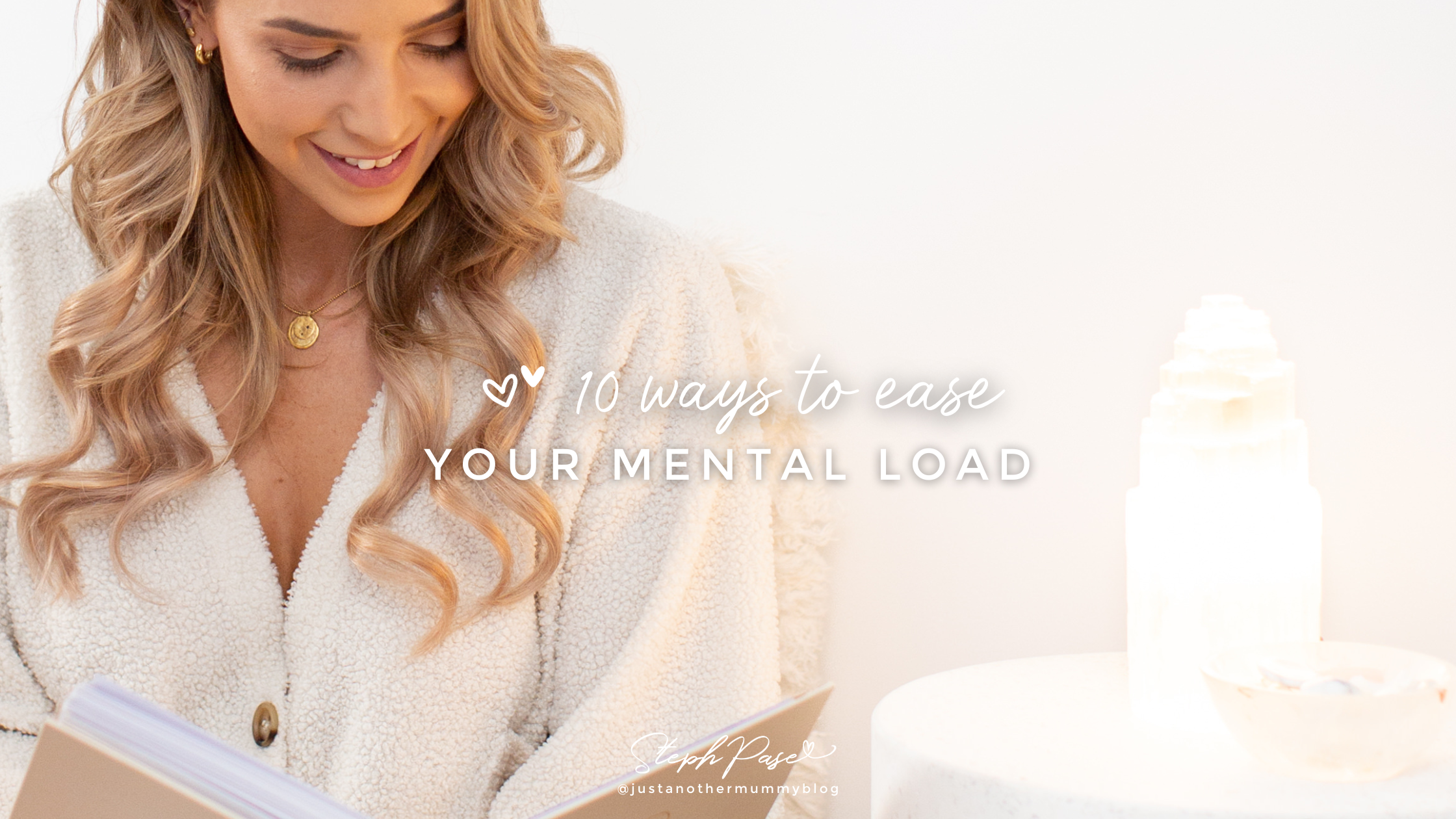My top Ikea + Kmart Picks to Organise Your Kitchen! Yep, that's the face of…

School’s back, and with it comes that other onslaught of calendar commitments: after-school sport and activities.
We all know the benefits of exercise on our own physical and mental health, and it works the same for our kids. Sport does wonders for their growth, energy, appetite, concentration, confidence, resilience and social skills. Plus, it’s fun!
It also adds a lot to our weekly schedules. This is where organisation is key. As they say, fail to plan, plan to fail.
Here are my six steps for navigating the sporting season with ease:
STEP 1: WHO’S DOING WHAT
Sit down together and set activity goals as a fam. What sports/physical activities does each person want to do this year? If they aren’t sure, get them to think about: What are they good at? What looks fun but they have been scared to try? What are their friends doing? Consider their age and personality too. Make a list and narrow it down into ‘must-do’ and ‘might-do’ (this will help if schedule clashes arise).
TIP: Not every kid is sporty; in fact, some might hate it. That’s OK. Reinforce that physical activity comes in many forms and help them choose something that makes them feel good: a dance class, family bike ride, backyard parkour, trampoline sessions, online yoga, learning skipping-rope tricks, walking the dog … there are so many options! The important thing is to treat it as non-negotiable and have them ‘sign up’ and participate as regularly as they would an organised sport.
STEP 2: RESEARCH + PLAN
This can be tricky if you have a lot of sports and/or family members! Research each person’s chosen activities and the best club or venue that aligns with their goals and values (e.g. if your child wants to do ballet just for fun, choose a school that doesn’t prioritise exams and competitions; or vice versa). Figure out where it’s on, when it’s on (training and game days), how you will get there, how much it costs, and what equipment you need.
TIP: If you’re in NSW, don’t forget to use your Active Kids and/or Creative Kids vouchers to save money. Confirm whether your chosen club accepts them before you sign up.
STEP 3: DEVISE A SCHEDULE
Grab your planner or planner pad and pencil in all activities. Ensure you allow time for travel and allocate a parent to each one.
TIP: Got clashes? See if you can arrange for an extended family member or friend to help out, or arrange a carpool swap with another parent.
STEP 4: MAKE IT VISUAL
Once the schedule is finalised, put it where everyone can see it: on the fridge. The SPP Family Planner Magnet has a row for each family member, so keeping track of everyone’s commitments is super easy.
TIP: Mums and dads, this means you too! Including your own physical activities in the family schedule helps normalise activity as a way of life, not a phase, and reminds kids that adults’ needs are important too. Plus, you are more likely to stick to it if it’s written down for all to see.
STEP 5: PREPARE IN ADVANCE
Now you all know who is doing what and when, make sure all outfits, equipment, food and drinks are ready to go ahead of time. Get the kids involved — encourage them to take responsibility for their activities by packing their bag or laying out their outfit the night before. Prompt them in this by using a chore chart.
TIP: If they’re heading outdoors or bound to get rough or dirty, keep sunscreen, spare clothes, wipes, tissues and Band-Aids stocked in their sports bag.
STEP 6: DON’T FORGET TO REST
Rest is the first thing to go when activities take over. That’s when stress and overwhelm start to creep in and undo all the positive things that being organised provides. So, it is crucial to actually schedule in rest time. Put it in writing, on the fridge, just as you would the soccer training and netball game and gym class. Make it happen.

For weekly tips & freebies make sure you’re in my FB community and Steph Pase Planners Communtiy!
- 54Shares



